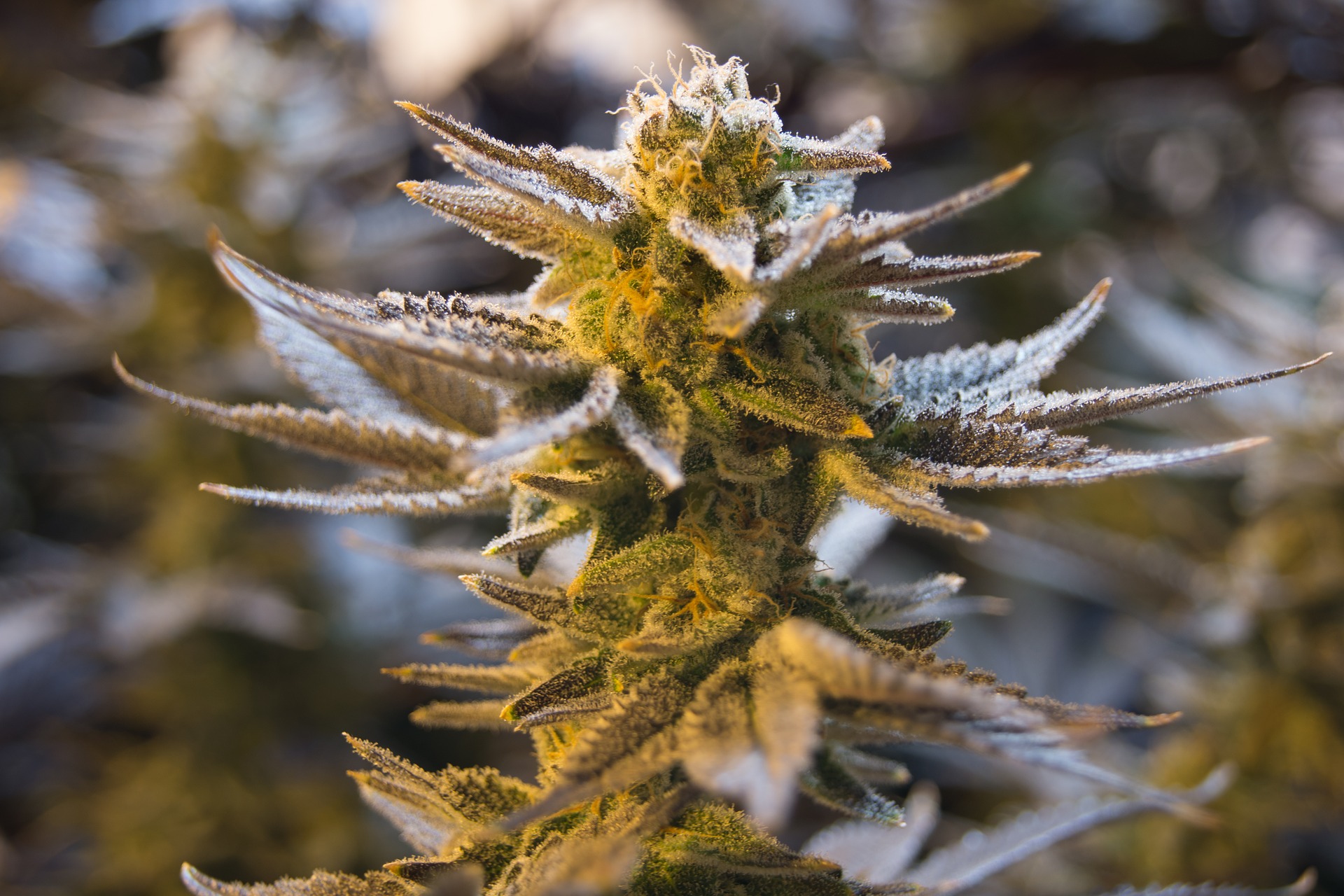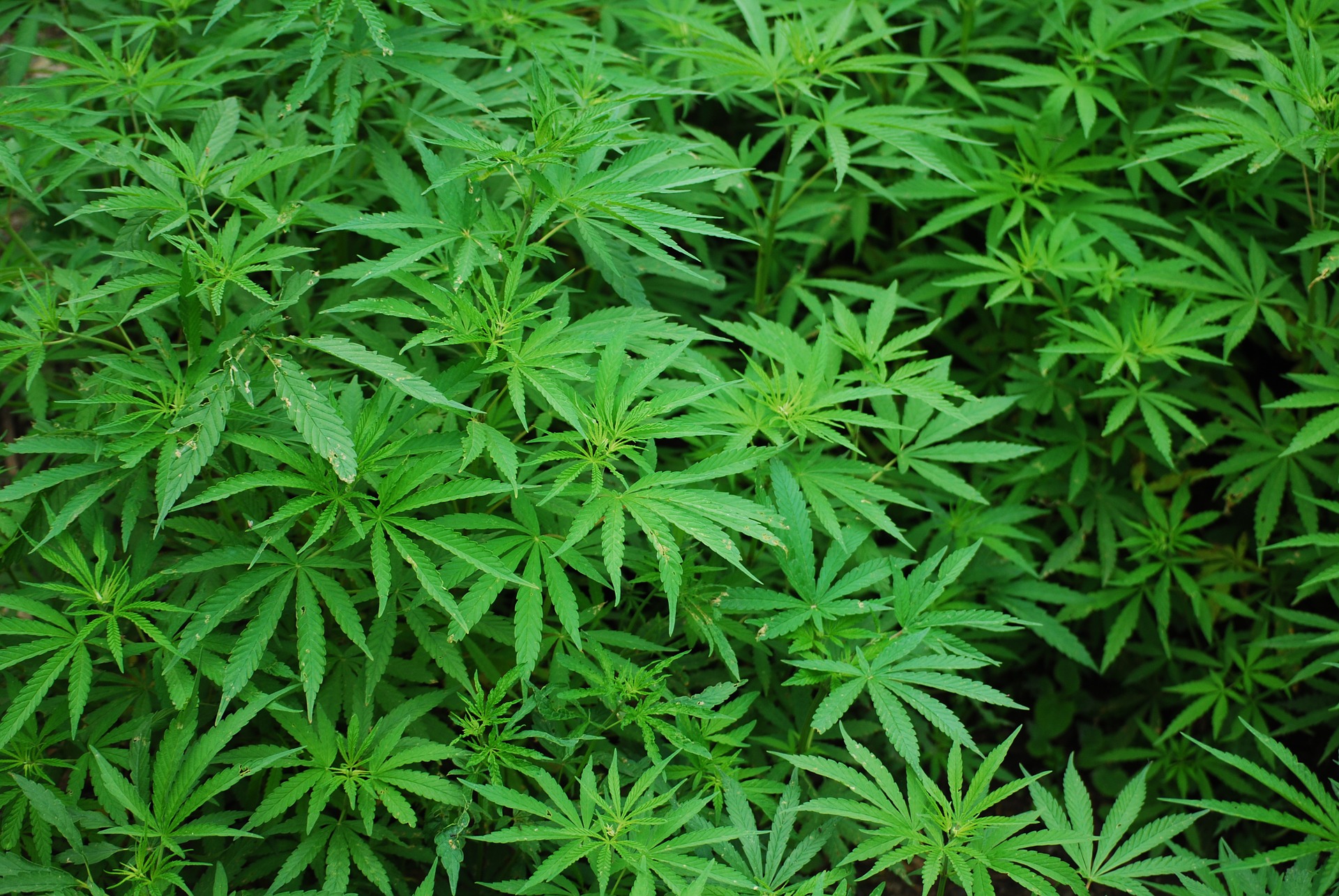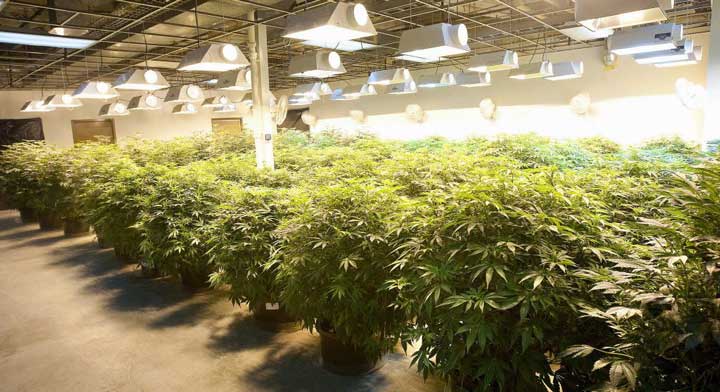In the first part of this two-part how-to article, Growers Network discusses what to expect during the first three weeks of the Cannabis flowering cycle.

The following is an article produced by Growers Network. This article is for educational purposes only. We do not claim any responsibility for any legal or financial repercussions of your decisions. Always consult with a lawyer or attorney before making a decision that could have a legal consequence!
Flowering Basics Weeks 1-3
Flowering Basics Weeks 1-3
Welcome back, new grower. Hopefully you are doing well. Today we’re going to discuss what to expect while you’re expecting your Cannabis flowers! It’s an exciting time as you begin to see all the fruits of your labor begin to develop and grow. So let’s go!
What are Cannabis Flowers?
Cannabis flowers are your buds! In dioecious plants ( plants with distinct/separate males and females) the flowers are pollinated by pollen from a male plant, which results in seeds that can be planted grow up into the next generation of plants.

You probably already know that it’s important to keep your males away from females, since pollinated females produce seeds, and that’s something you typically don’t want when cultivating or consuming your Cannabis.

So, let’s assume you’ve properly sexed your plants and are waiting for your plants to go from their vegetative state and into flowering. What should you expect? Read on and we’ll tell you!

Weeks 1-3: Transition from Vegetative to Flowering
When growing Cannabis outdoors, flowering is triggered by the shorter day length that occurs as summer turns to fall. Because they’re dependent on mother nature, outdoor grows are limited to production during these specific photoperiods unless they use some special equipment. However, an indoor or greenhouse Cannabis grow can operate any time of year, assuming that they are controlling the environment and the amount of light that the plants are receiving.
So how do we get our plants to think winter is coming? No, we don't make them watch Game of Thrones, we control the amount of light they receive. If you remember from our veg article, before flower begins the plants are exposed to 18 hours of light a day and six hours of darkness (referred to as an 18-6). When we are ready to enter flowering we change our light cycle to a 12-12, meaning twelve hours of light and 12 hours of darkness, which mimics the natural decrease in daylight as winter approaches. Your plants will start to “think” that now is the time to start reproducing for the next generation.

Note: When you begin your 12-12 cycle for flowering, it’s important to know that it’s the 12 hours of darkness that triggers your plants to begin flowering (technical term for this is scotoperiod), so it’s very important that the 12 hours of darkness isn’t interrupted when you take your plants into flowering. If you do, weird things will happen like your becoming plants developing male and female traits (hermaphroditism, commonly abbreviated as “herming”), or worse yet, not developing flowers at all! So if your tent is dark, make sure it stays that way the full 12 hours!
When does veg end and flowering begin?
Great question, you smart cookie! The vegetative state typically lasts from 2-4 weeks, with some growers preferring to transition to flowering at the earliest opportunity and others waiting so the plants can become as large, strong, and hardy as possible before they begin producing buds. The take home here is that once you hit a point in veg where your plants seem strong and sturdy, you can switch to the 12-12 light cycle and induce flowering.
Expect rapid growth when you begin the 12-12 light cycle. You will see your plants nearly double in height in a short period of time. This period of intense growth is known affectionately as the “flowering stretch.”

As your plants enter flowering, the females will begin to develop their white, hairlike pistils, but it will be a bit of time before these begin developing into recognizable Cannabis flowers.
It’s important during early flowering to regularly check your plants to be sure that you are only cultivating females. Why? Simply put, males make fewer, smaller, less-potent flowers and if your females are pollinated by the males, your flowers will be smaller, less potent, and full of seeds. In early flowering, female pistils and male pollen sacks can look similar. Be sure to look at our article on sexing your plants here.
From weeks 1-3 of flowering, your plants will be producing new stems and leaves as it grows taller. In this early flowering stage your plants will still be fairly resilient, like they were in the vegetative stage.
Some Notes
Note #1: Autoflowering Strains -- If you’re growing autoflowering strains, you won’t need to change their lighting schedule to trigger flowering. Autoflowering strains flower in response to their age, not the amount of light the receive daily. However, there is still a lot of good information in this overview, even if you are growing an autoflowering strain.
Note #2: Training -- There are a variety of ways to train your plants so that they’ll grow properly. You don’t want them to block light, stunting their own growth or a neighbor’s growth. If you have room, create some space between your plants to avoid this. You can also gently bend the stretching stems down to form a flat, even canopy. The gently bent stems are then secured to a stake or trellis netting with plant twist ties. This method is called low-stress training (LST). It’s also recommended that you continue to prune leaves that are in continuous shade or darkness, as they drain resources from the plant.
There are many methods and variations on plant training which we will cover in later articles.

That's all the time we have for today new grower. But don’t worry, we’ll take you through the end of flowering in Part 2 of this article. Stay tuned and keep growing!
10 Best Gift Ideas for Cannabis Connoisseurs and Growing Aficionados (2022)
December 7, 2022Developing and Optimizing a Cannabis Cultivation System
December 14, 2021Dealing with Insomnia: How Can CBD Help?
December 10, 2020Your Guide to Sleep and CBD
December 7, 2020
Do you want to receive the next Grower's Spotlight as soon as it's available? Sign up below!

Do you have any questions or comments?

About the Author
Chris DeWildt is a graduate of Grand Valley State University and Western Kentucky University. He worked in education and publishing for ten years before joining the team at Growers Network. In addition to editing the GN blog, Chris also works on the Canna Cribs series.